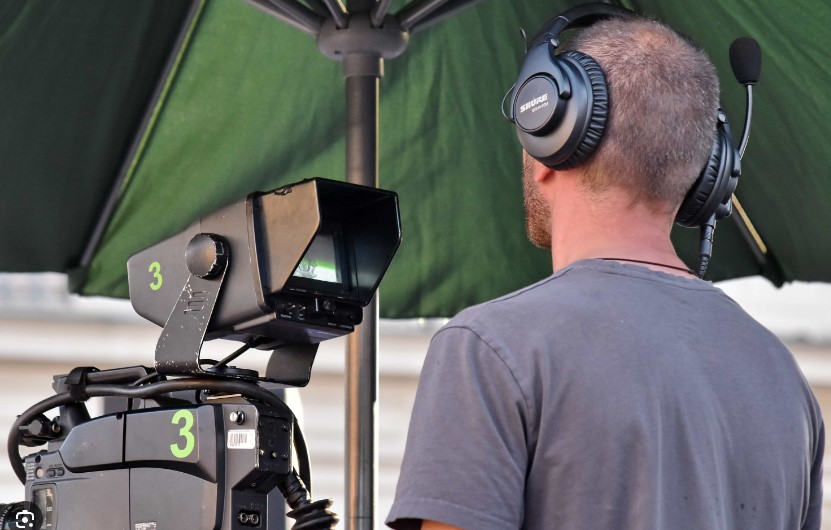
Lights, camera, action! The world of cinema is a magical place where stories come to life, captivating audiences and evoking emotions. Behind the scenes, countless elements contribute to creating a captivating film. One such element that often goes unnoticed but significantly enhances the overall cinematic experience is the strategic use of awnings (In Italy, it’s tende da sole Brescia, your source for the best Brescia awnings). This article will explore how awnings can elevate cinematography by adding style, lighting, and atmosphere to film sets. So, let’s dive in and uncover this unsung hero’s secrets in the filmmaking world!
Enhancing Style on Film Sets
Style is an essential aspect of any film. It sets the tone, establishes the mood, and helps convey the director’s vision. With their versatility and aesthetic appeal, Awnings can transform an ordinary film set into a visually stunning masterpiece.
1. Awnings as Architectural Accents
Awnings come in various shapes, sizes, and designs, offering endless possibilities for filmmakers to experiment. Whether it’s a period drama set in the roaring 1920s or a futuristic sci-fi extravaganza, awnings can serve as architectural accents that seamlessly blend with the film’s setting and era. Their unique shapes and patterns can instantly transport the audience to a different time and place, enhancing the authenticity and visual allure of the film.
2. Creating Dynamic Backdrops
Awnings can add depth and dimension to film sets. Films can create interesting and dynamic visual compositions by strategically placing awnings in the background. The interplay of light and shadow through the awning’s fabric can produce captivating patterns and textures, elevating the overall aesthetic appeal of the scene. Additionally, the movement of the fabric in the wind can add a sense of dynamism and visual interest to an otherwise static shot.
Harnessing the Power of Lighting
Lighting is an indispensable tool in cinematography. It sets the mood, guides the audience’s attention, and helps convey emotions. When utilized effectively, Awnings can serve as unique light modifiers, allowing filmmakers to shape and control light to achieve the desired cinematic effect.
1. Diffusing Harsh Light
Natural sunlight can be both a blessing and a challenge on film sets. While it provides a beautiful illumination source, it can also create harsh shadows and overexposure. Awnings act as natural diffusers, softening the intensity of sunlight and creating a more balanced and pleasing light. This diffused light is particularly beneficial for capturing delicate facial expressions and subtle details and evoking a sense of serenity and comfort.
2. Creating Dramatic Shadows
On the flip side, awnings can also create dramatic shadow patterns. By manipulating the positioning of lights and awnings, filmmakers can cast intriguing shadows on the set, adding depth, mystery, and a touch of film noir aesthetics. These shadows can enhance the storytelling by visually representing the characters’ inner conflicts or creating an atmosphere of suspense and intrigue.
Setting the Atmosphere
The atmosphere is an intangible yet powerful element that can transport the audience into the world of the film. It helps establish the mood, evoke emotions, and immerse viewers in the narrative. Awnings, with their ability to create ambiance and shape the environment, are valuable assets in setting the desired atmosphere on film sets.
1. Evoking Nostalgia and Romanticism
Certain types of awnings, such as vintage-inspired or quaint cafe-style ones, can evoke nostalgia and romanticism. Whether it’s a love story set in a charming European town or a period piece with a whimsical touch, awnings can instantly transport the audience to a bygone era. The soft glow of light filtering through the awning’s fabric, combined with carefully selected set design elements, can create an enchanting atmosphere that tugs at the viewers’ heartstrings.
2. Establishing Time and Place
Awnings can also play a pivotal role in establishing the time and place of a film. By incorporating awnings commonly associated with specific geographical locations or architectural styles, filmmakers can create a sense of authenticity and immerse the audience in the film’s world. Whether it’s a bustling street scene in a metropolitan city or a tranquil coastal village, awnings can subtly communicate the location and enrich the overall visual storytelling.
Read also: Cursory Look at the Current State of the Film Industry
Conclusion
In the world of cinema, every detail matters. From the grandest set pieces to the tiniest props, each element contributes to the overall cinematic experience. Awnings, often overlooked, possess the remarkable ability to enhance cinematography by adding style, manipulating lighting, and setting the atmosphere on film sets. Their versatility and aesthetic appeal provide filmmakers endless creative possibilities to elevate their storytelling and captivate audiences. So, the next time you find yourself immersed in a compelling film, take a moment to appreciate the subtle but significant role that awnings play in bringing the director’s vision to life on the big screen.
